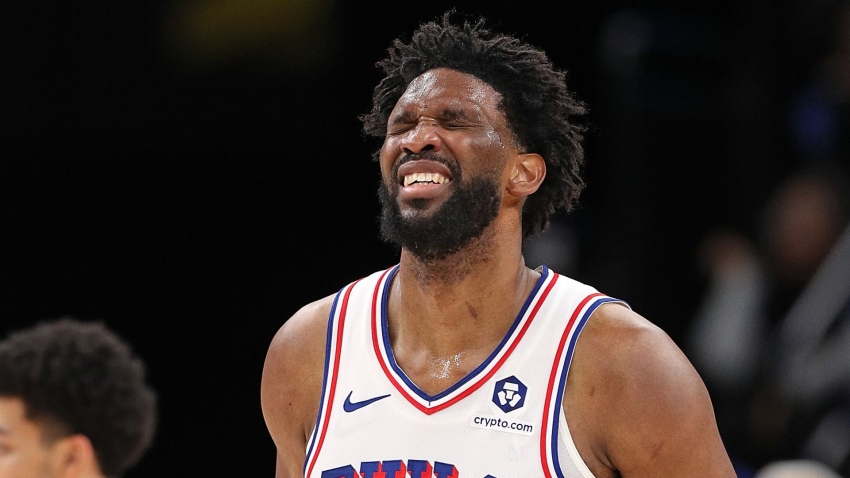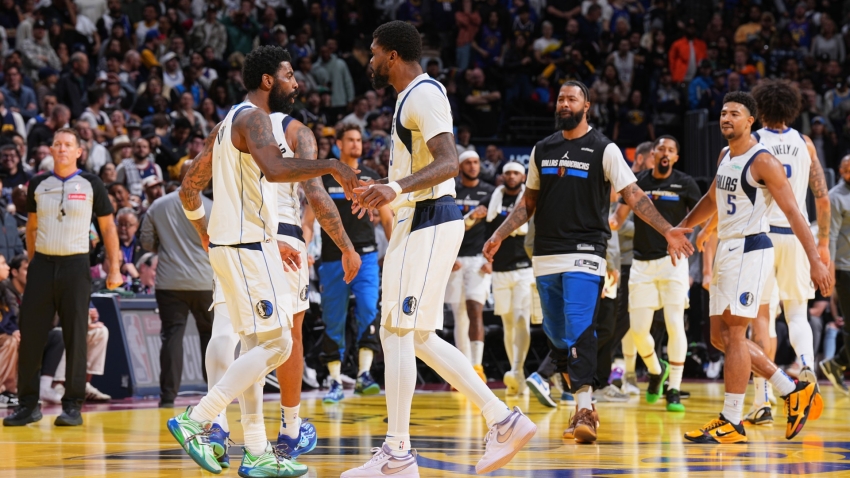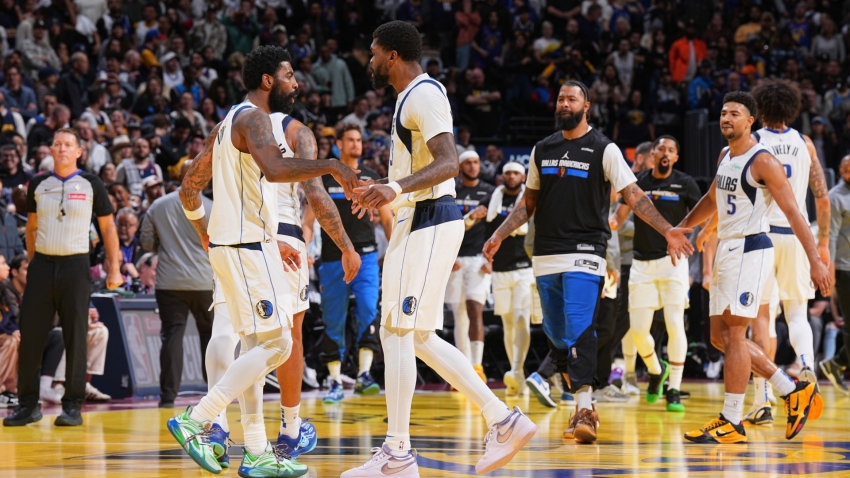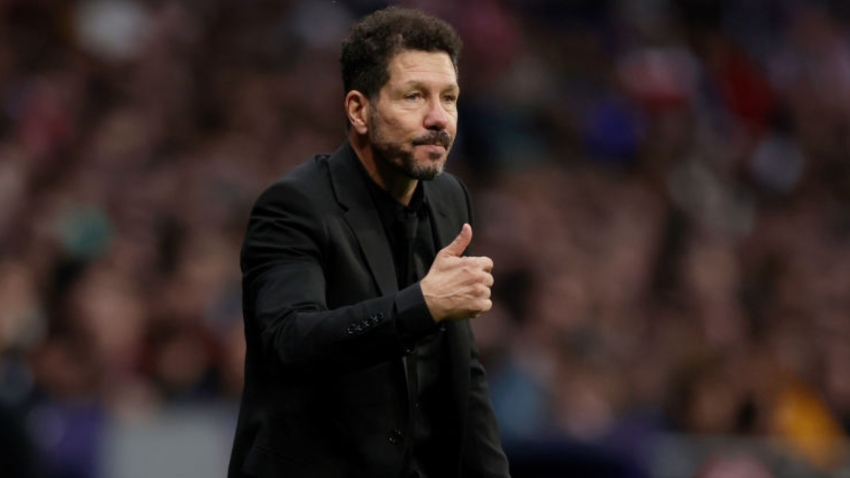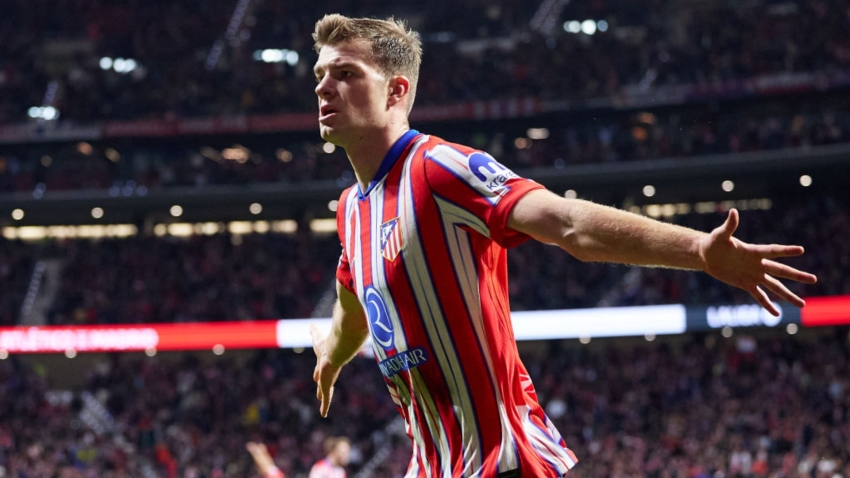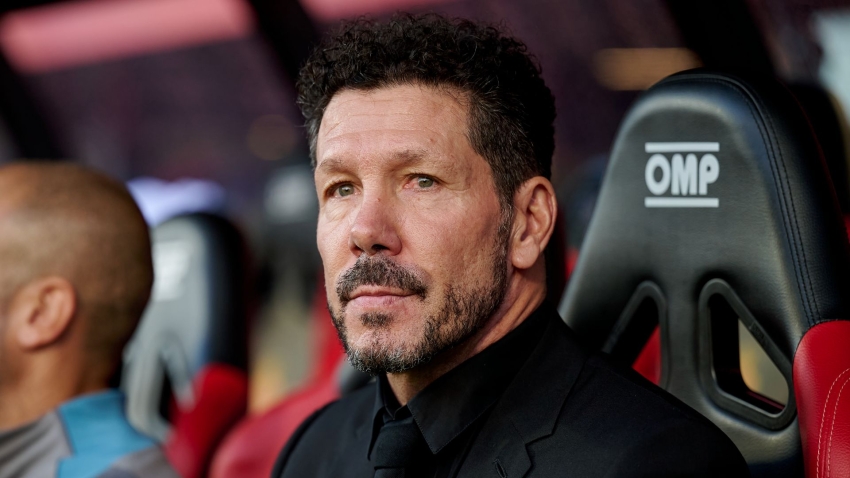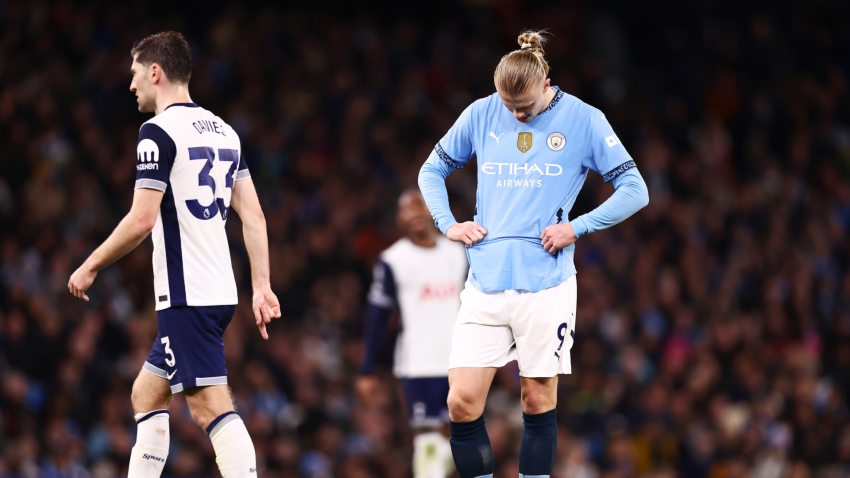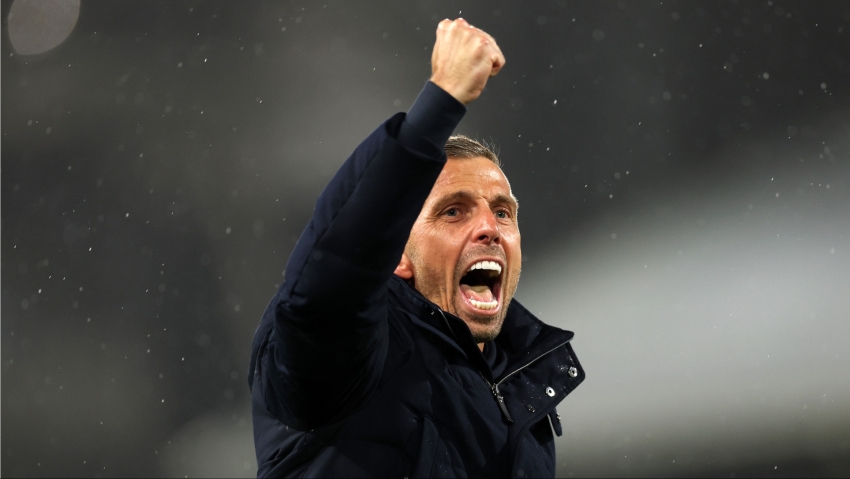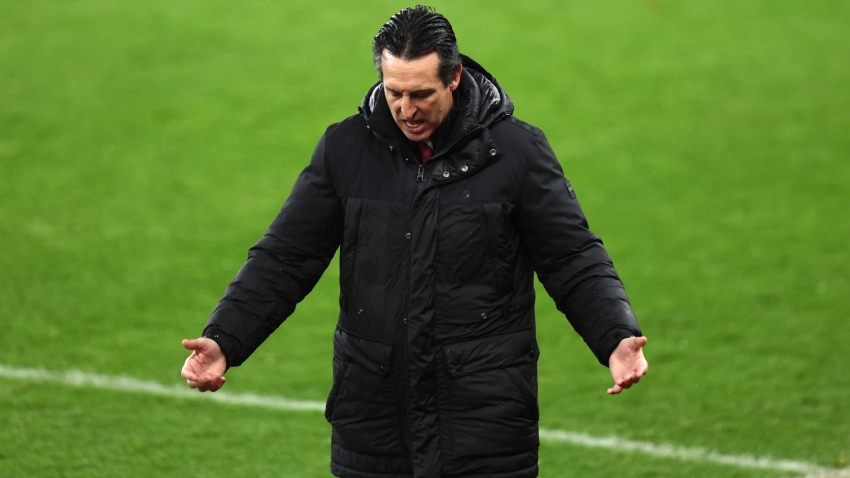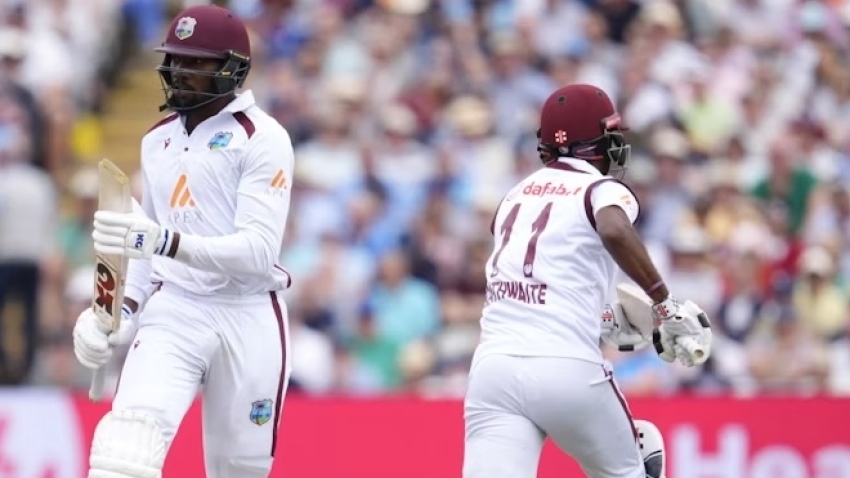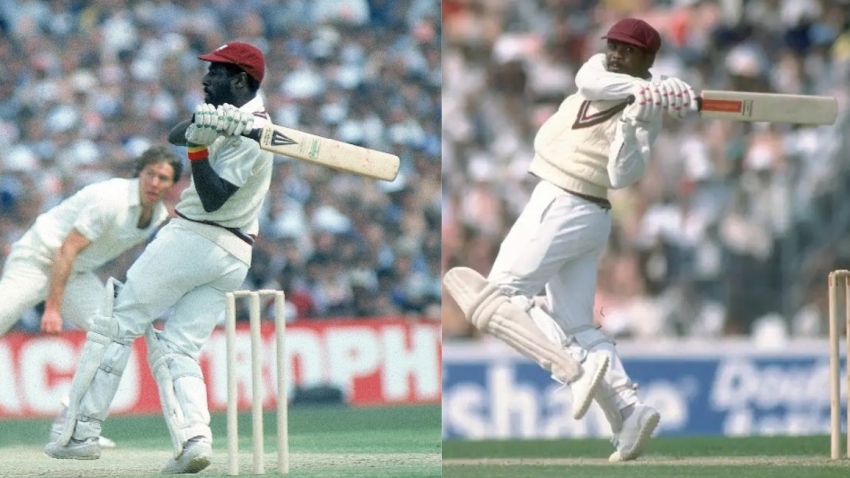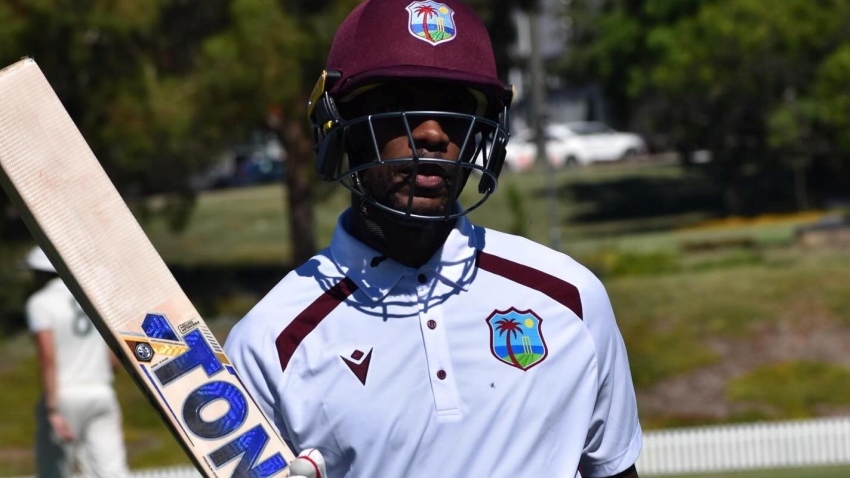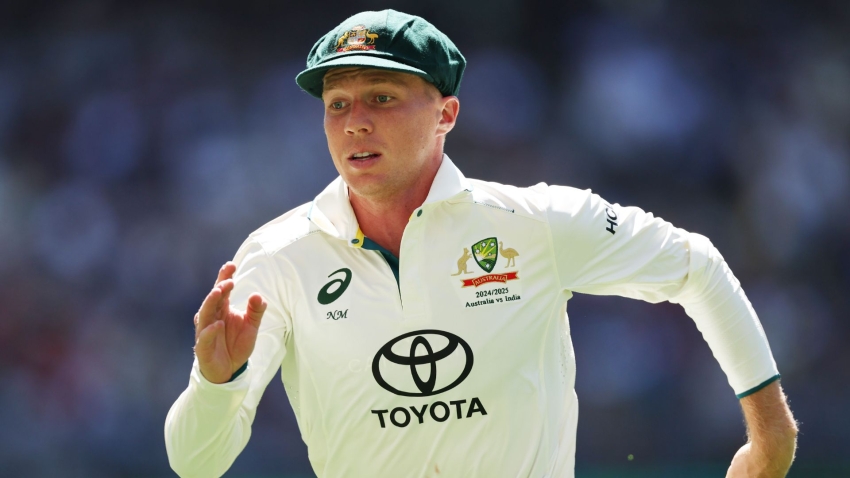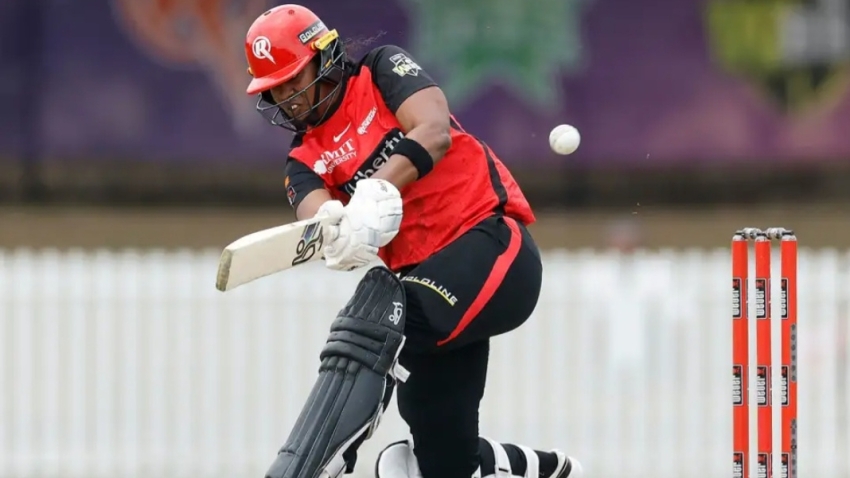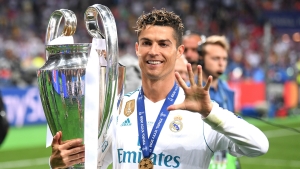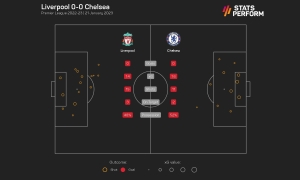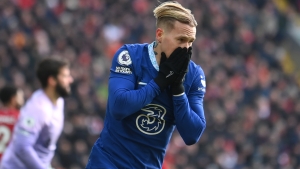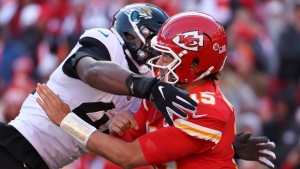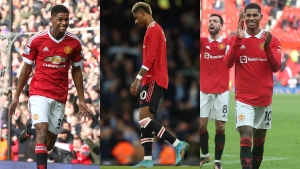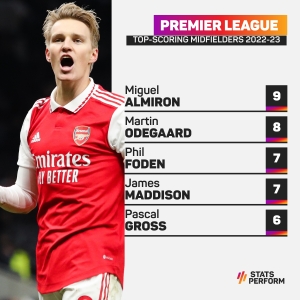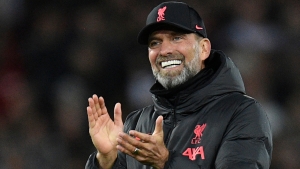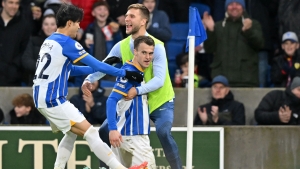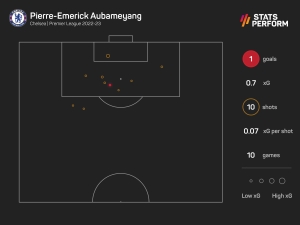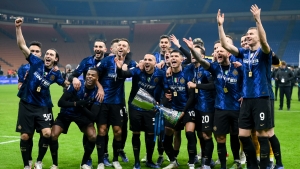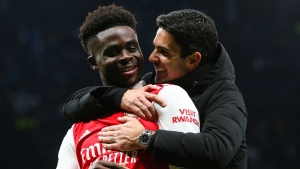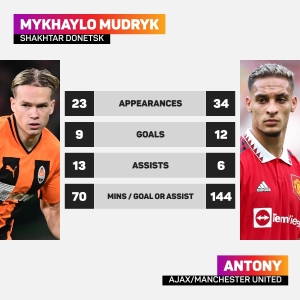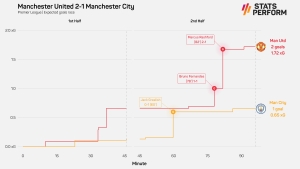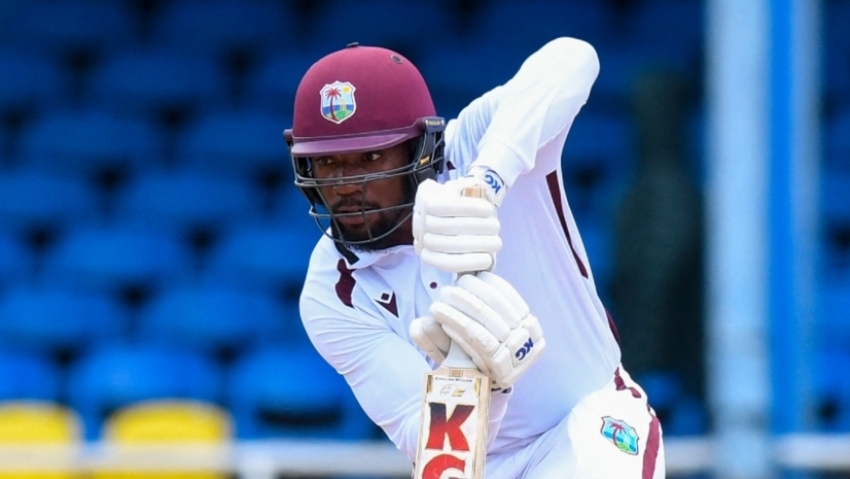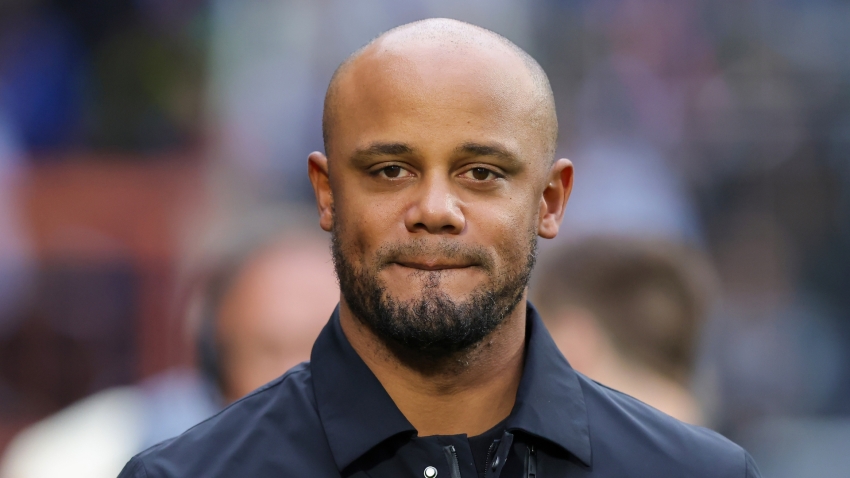Jurgen Klopp reaches 1,000 games as a head coach and manager on Saturday when Liverpool tackle Chelsea, and it has been quite a ride.
From a relegation battle with Mainz in the German second division to the heights of Champions League glory with Liverpool, Klopp has achieved more than anyone expected of a man whose playing career was distinctly modest.
It would be stretching it to say the signs were there from day one, but they were certainly there from day two.
Klopp was named as an interim replacement for Eckhard Krautzun when Mainz decided on a change of leader on February 27, 2001.
One day later, Klopp made his debut as a coach in the second tier of the Bundesliga. He had been a player in the team until that point, but this marked the beginning of a new chapter.
Club president Harald Strutz, quoted in the Rheinische Post at the time, voiced the suggestion the interim boss could stake a claim for the full-time job.
"Maybe that will be a permanent solution," Strutz said, presciently.
Midfielder Christof Babatz, who would be a significant figure in Mainz's rise to the Bundesliga under Klopp, then said after the first game resulted in a 1-0 win over Duisburg: "The coach teased that certain something out of us."
And so began the story of Klopp's touchline career, one centred on teasing out the very best from the talent at his disposal, nurturing prospects into polished performers, and tallying trophies along the way. From Mainz, to Borussia Dortmund, and eventually to Liverpool, Klopp has delivered on that initial leap of faith.
There have been league titles, cup triumphs and big European final nights with Liverpool and Dortmund, plus promotion and even a relegation during his formative Mainz days.
Here, Stats Perform looks at those first 999 games, as Opta data shows some essential numbers behind one of the 21st century's great coaching careers.
Pep, Howe, Hecking and Magath – Klopp's rivalries
Klopp has faced Pep Guardiola more than any other rival manager, going head-to-head with the Catalan 27 times across their careers.
There have been notable defeats along the way, including the 2014 DFB-Pokal final, when Klopp's Dortmund went down 2-0 to Guardiola's Bayern, and the 5-0 and 4-0 thrashings meted out by Manchester City to Liverpool in September 2017 and July 2020, both of which rank among the top nine heaviest defeats Klopp has had to stomach.
However, Klopp has the overall upper hand across their meetings, winning 11, drawing seven and losing nine of those games.
He has faced only one other boss more than 20 times: German Dieter Hecking, against whom Klopp pitted his wits 21 times, winning 11, drawing five and losing five. Hecking bossed Lubeck, Alemannia Aachen, Hannover, Nurnberg and Wolfsburg during Klopp's time in the German leagues.
Klopp certainly has a happy record against Newcastle United's former Bournemouth boss Eddie Howe, achieving 11 wins from their 13 meetings.
This shows the most wins Klopp has had against any boss is 11, against Guardiola, Hecking and Howe, while it can be revealed the team he has beaten the most are Freiburg (13 times), followed by Crystal Palace, Nurnberg and Arsenal (all 12).
His real nemesis appears to have been Felix Magath, the former Stuttgart, Bayern, Wolfsburg and Schalke coach. In 14 games against Magath teams, Klopp won only three times, losing eight.
Bayern have had the most wins against Klopp, with 16. No other team have reached double figures, with Hamburg, Schalke and Wolfsburg (all nine) next on the list.
The milestones, the biggest and the best... and the games he'd rather forget
Klopp won that first match of his career against Duisburg, and to date he has never lost on each 100th game on his way towards 1,000 as a boss.
There have been wins against the way against Bochum (200th game), Werder Bremen (300th), his old club Mainz (400th), Freiburg (500th) and Southampton (600th), and draws on his 700th, 800th and 900th games, against Newcastle, Chelsea and Real Madrid, respectively. Klopp's 100th game was also a draw, against Unterhaching with Mainz.
His biggest win was the 9-0 trouncing that Liverpool dished out to Bournemouth in August of this season, and his Liverpool team have also hit seven in a game five times (Maribor, Spartak Moscow, Crystal Palace, Lincoln City and Rangers), while his biggest win as a boss in Germany was Dortmund's 6-0 crushing of Arminia Bielefeld in May 2009.
Klopp has suffered four defeats by five-goal margins, the worst he has had to endure, with Aston Villa inflicting two of those: 7-2 in October 2020 and 5-0 in December 2019 – albeit the latter with Klopp and his frontline Liverpool stars out of the country on Club World Cup duty. There was also a 6-1 torching for Mainz at the hands of Werder Bremen in October 2006, and Liverpool's 5-0 whipping by Guardiola's City.
When it comes to promoting young talent, Klopp has rarely hesitated. His youngest player was Harvey Elliott, now a first-team squad regular at Liverpool, who faced MK Dons in the EFL Cup at the age of 16 years and 174 days in September 2019.
Klopp has fielded five 16-year-olds for Liverpool, plus seven 17-year-olds, while he also gave chances to the 17-year-old Mario Gotze at Dortmund, and Mario Vrancic, also 17, during his time at Mainz. Gotze went on to become a World Cup final match-winner.
His oldest player was Peter Neustadter, a Kazakh defender who was older than Klopp himself, aged 37 years and 176 days, when he turned out for Mainz against Alemannia Aachen in the Bundesliga's second tier in August 2003.
Warhorse midfielder James Milner could yet break that record as the oldest Liverpool player to have appeared for Klopp, aged 37 years and 13 days when he played in the recent FA Cup replay win against Wolves this week.
James Woodburn remains the youngest scorer for Klopp after hitting the net against Leeds in an EFL Cup clash in November 2016 at the age of 17 years and 45 days, while Sebastian Kehl ranks as his oldest scorer – 35 years and 53 days old when he bagged for Dortmund against Hoffenheim in a DFB-Pokal quarter-final in April 2015.
Klopp's kingpins
Roberto Firmino has played more games for Klopp than anyone, racking up 341 outings for Liverpool under the manager, with Milner (301) next on the list.
When it comes to starters, though, we get a different picture, with former Dortmund goalkeeper Roman Weidenfeller top of the list with 280 games, followed by another BVB stalwart, Neven Subotic (278), and then Firmino (277 starts). Milner is a long way down that list, with 112 of the veteran's appearances for Klopp having come as a substitute.
Mohamed Salah has made 282 appearances and 261 starts for Klopp, and when it comes to scorers for the Reds manager, the brilliant Egyptian is the untouchable number one.
His 173 goals put him streets ahead of Klopp's next highest scorer, Sadio Mane (120), with Firmino (107) and former Dortmund supreme finisher Robert Lewandowski (103) being the only other players to reach three figures.
Among players with 10 or more goals for Klopp teams, Salah has also scored at the fastest rate, netting once every 133 minutes, with Lewandowski in a tie for second place with Darwin Nunez, both scoring at one per 139 minutes. Nunez scrapes onto the list, having scored 10 times so far.
Lewandowski hit four hat-tricks for Klopp's Dortmund, while Salah has managed five for Liverpool under the German.
Both men once hit four in a game for Klopp, with Lewandowski doing so in a Champions League semi-final against Real Madrid, and Salah in a Premier League match against Watford.
The manager teased plenty out of those two down the years, and Klopp will doubtless look to Salah, a former Chelsea player, to ensure his 1,000th game brings cause for celebration.



